12 Ways to Keep Your Home (and Yourself) Cool During Extreme Heat
Help your house stay cool despite sky-high temperatures


When you think of summertime, you probably expect a certain amount of heat, humidity, and more time inside enjoying the air conditioning. But record-setting heat waves and unprecedented drought conditions may cause you to reconsider the best ways to protect your home from soaring temps.
Keeping yourself and your home cool during heat advisories is crucial, not only to protect your lawn and garden but also for your personal wellbeing. So, sport your shades and follow these guidelines to beat the heat.
When working in extreme heat, don’t forget to take care of yourself first. Take frequent water breaks and focus on indoor tasks during the hottest part of the day, typically between 10 a.m. and 4 p.m.
1. Close Your Blinds
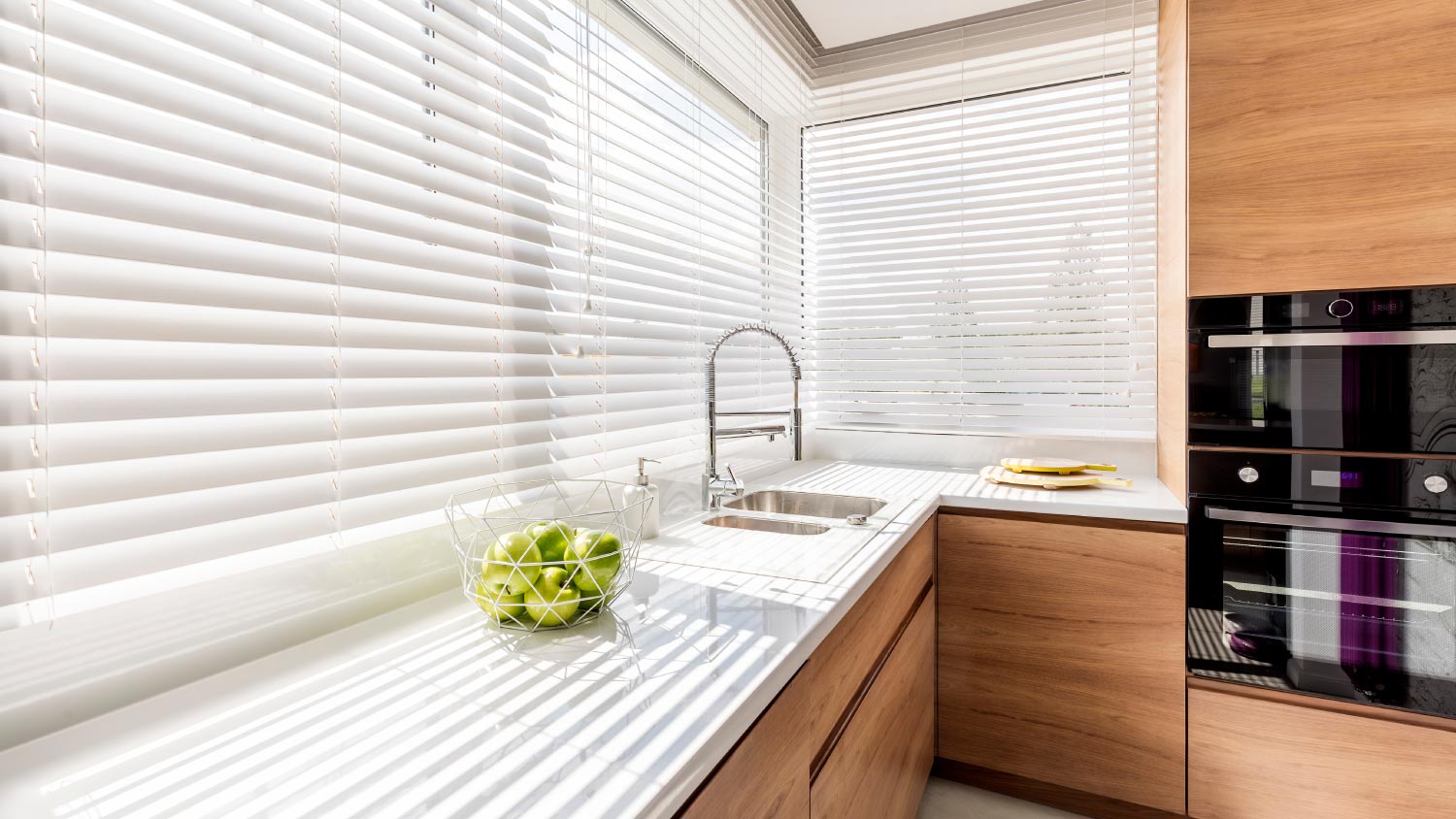
Whenever possible, keep your blinds and shades closed, especially midday when the sun’s rays are the strongest. Believe it or not: Up to 30% of unwanted heat finds its way inside through your windows, according to the U.S. Department of Energy. Closing your blinds or shades can prevent this heat-wasting issue.
The U.S. Department of Energy also noted that medium-colored drapes with white plastic backings can reduce increases in temperature by as much as 33%. Insulated cellular shades also have some of the highest R-values (or insulating properties) of all window coverings and can reduce heat through windows by up to 60%.
2. Water Your Lawn in the Morning
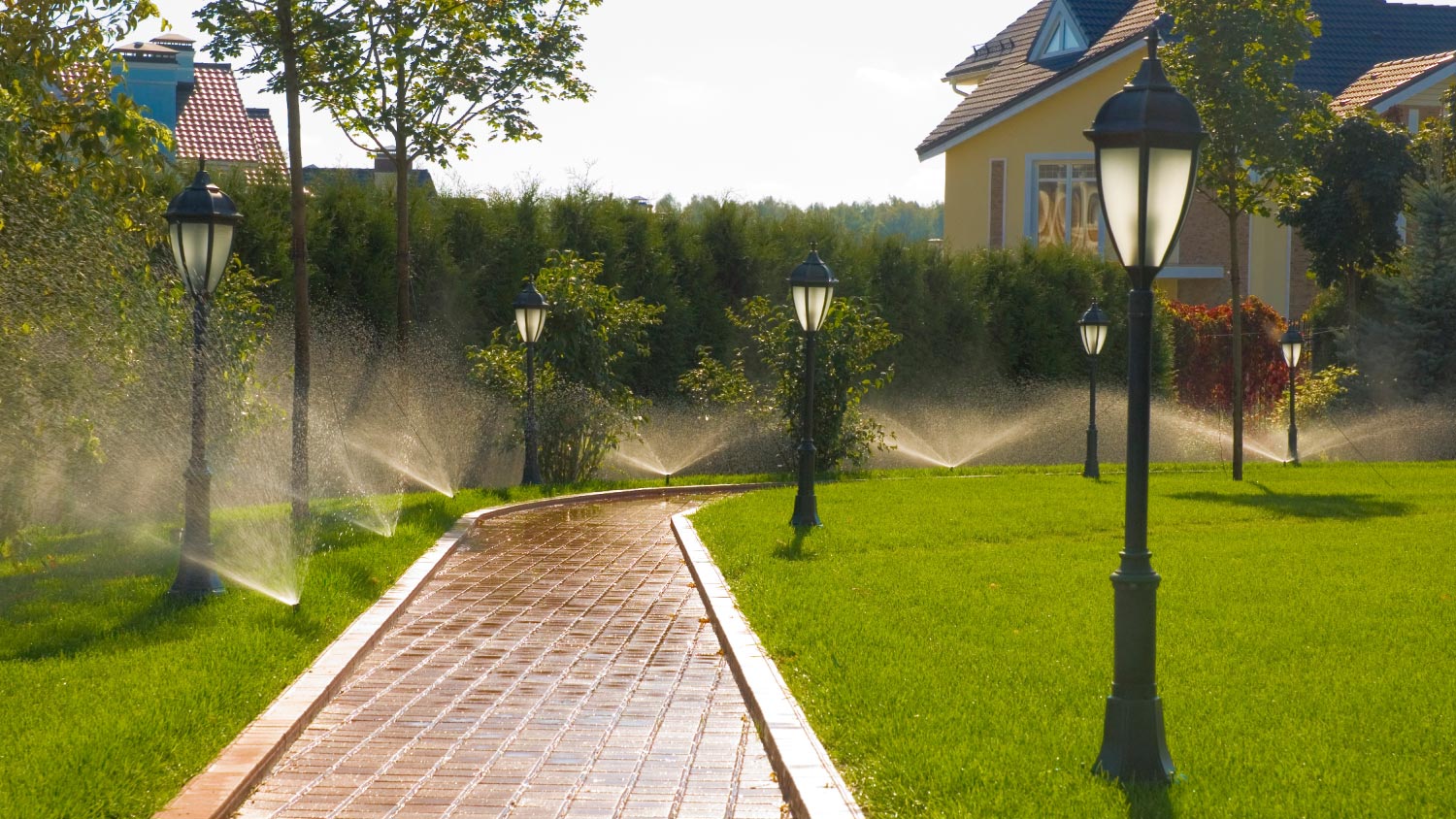
You may need to adjust your watering schedule to keep your lawn hydrated during the hot summer months. The best time of day to water your grass is early in the morning, so it can absorb the water before the sizzling midday sun dries it out. If possible, water your lawn before 10 a.m. for maximum effectiveness.
Early-morning waterings can be tough to fit into a busy schedule, so consider buying a water timer for your sprinkler system or hiring a local lawn service to ensure your lawn stays healthy.
Extreme heat can also often mean drought conditions. If your area is experiencing a drought, keep an eye on local water conservation ordinances before watering your lawn.
3. Perform HVAC Maintenance
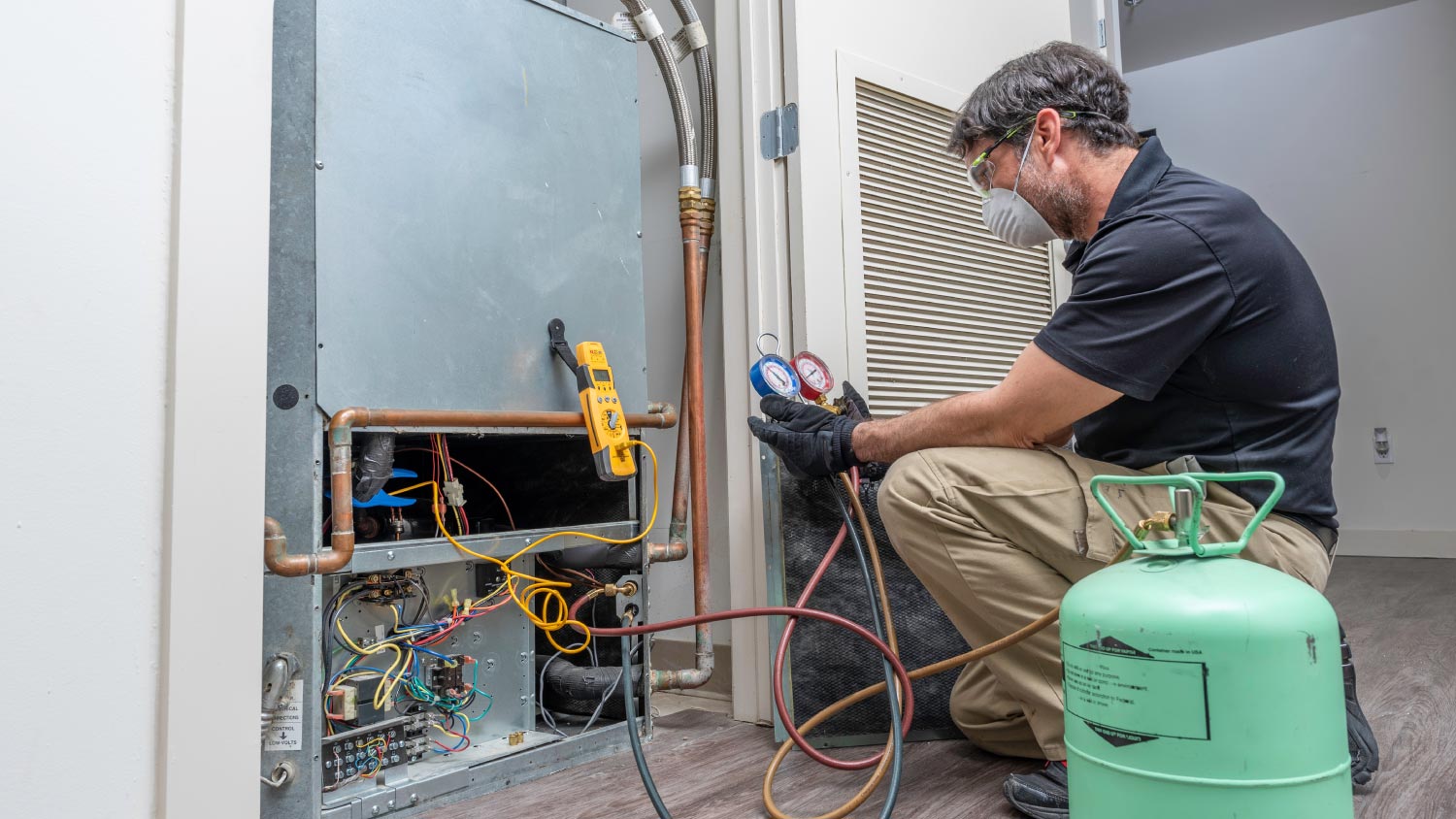
If you’ve been putting off your bi-annual HVAC inspection, now is the time to hire a local HVAC contractor to check out your system to ensure it’s ready to combat higher temperatures. HVAC inspections cost an average of $70 to $100 on average.
In between inspections, you can follow this HVAC maintenance checklist and perform light tasks like replacing filters, checking refrigerant levels, and lubricating moving parts. You should clean or replace filters at least every three months—or more often, depending on your system requirements. High-quality, high-efficiency particulate absorbing (HEPA) filters will yield the best air quality.
4. Set the Thermostat Higher

One energy-efficient way to cool your home is to set a consistent temperature on your thermostat (between 75 to 78 degrees Fahrenheit) with very minimal adjustments. Or consider investing in a programmable thermostat to make needed adjustments for you. Your HVAC won’t have to work as hard as it would if you were to blast it at 65 degrees for only a portion of the day.
5. Install Light-Colored Roofing Materials
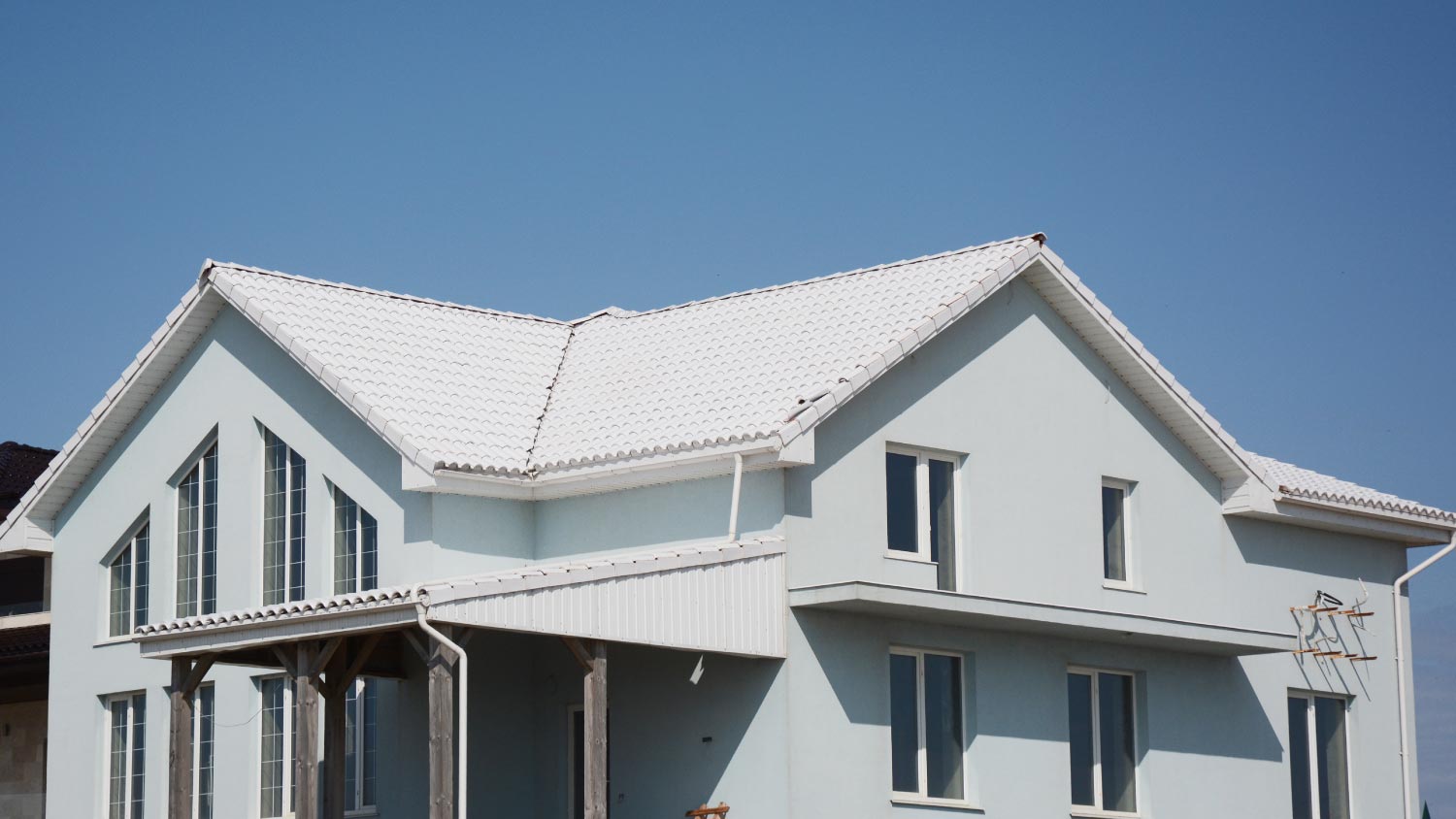
Your roof is your home’s first line of defense against the sun’s UV rays, meaning it's at high risk of damage during scorching-hot days. Extreme heat can cause the materials of dark-colored roofs, especially those that aren’t shaded, to break down more quickly.
To protect your roof and extend its lifespan, you can install light-colored roofing materials so that it absorbs less heat. The right shingle color can improve your roof’s energy efficiency, so consider replacing your dark-colored shingles with a shade of white, light gray, or light tan. Another option is to apply a light roof coating or paint to reflect the sunlight. However, not all roofs are suited to coating or painting, so be sure to consult a local roofer before jumping into a project.
6. Set Ceiling Fans to Run Counterclockwise
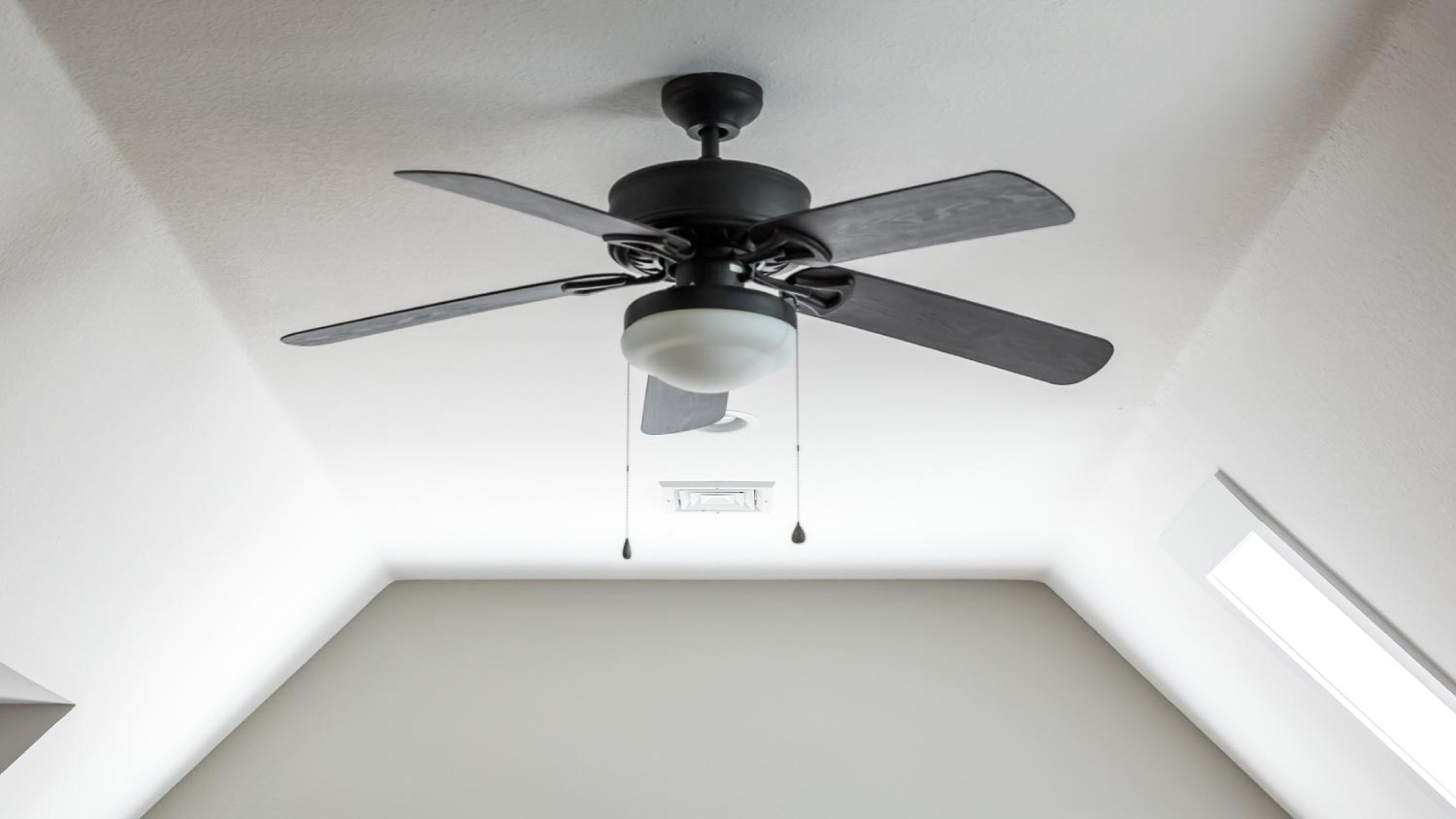
Believe it or not, your ceiling fans have seasonal needs. During the summer, set the blades to turn counterclockwise, pulling hot air up and away from you instead of sending it down into the room. Likewise, if you have box fans, place them facing outwards in windows to expel hot air.
This home hack will keep the room’s temperature more consistent throughout the day, plus ease the demand for air conditioning.
7. Insulate Every Room
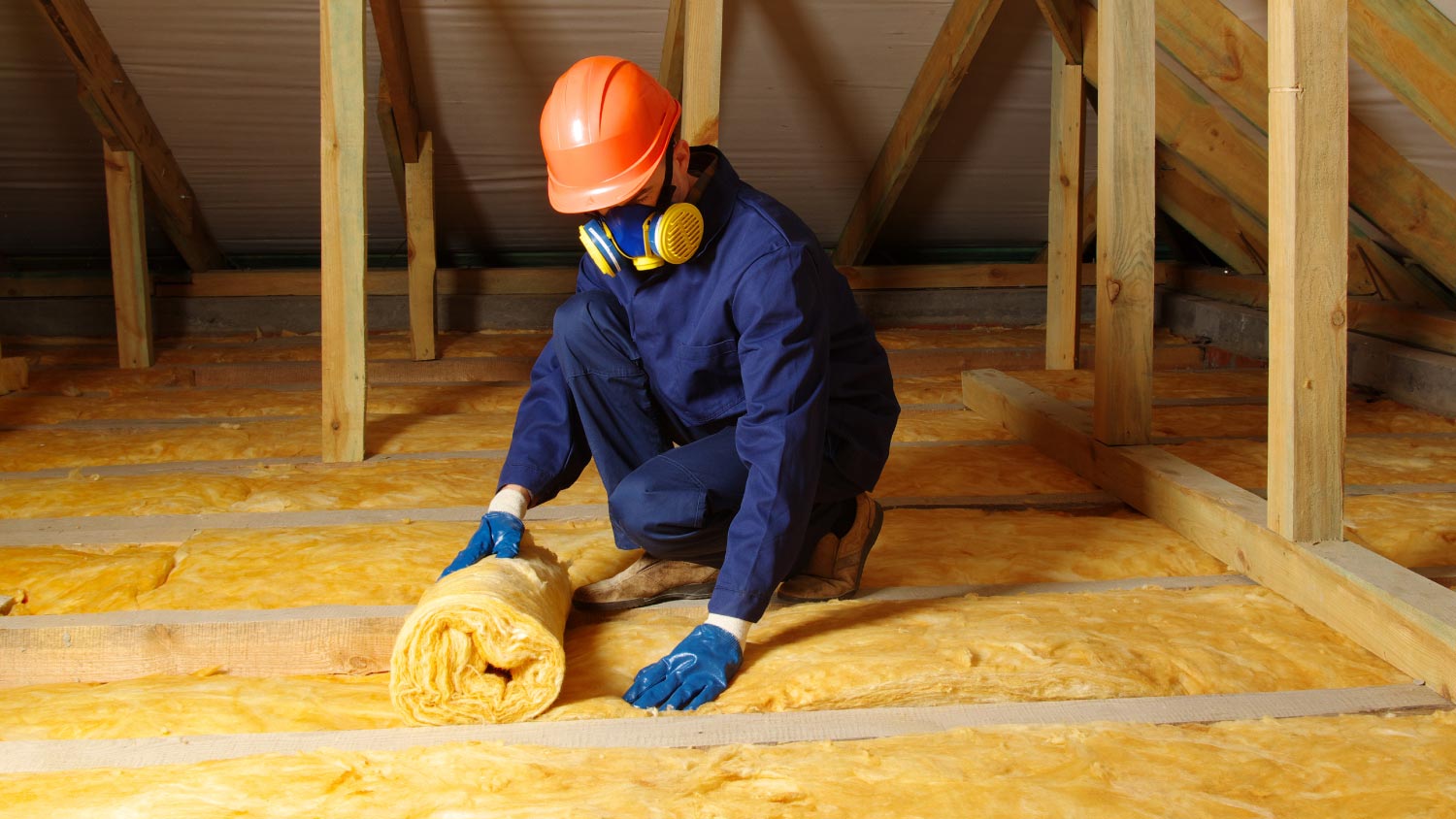
Record-high temperatures typically cause homeowners to crank the AC, increasing the monthly energy bill. One way to keep energy costs in check during a heat wave is to add insulation to keep the heat out and the cool air in.
For example, adding attic insulation can reduce heating and cooling costs by 15% (and bonus: it also lowers the likelihood of mold growth, rot, and animal infestations). Before installing insulation, determine the right type for your home and whether or not you can DIY this addition. While homeowners can typically install batt insulation, we recommend hiring an insulation contractor near you for other material types.
8. Add Weather Stripping to Windows and Doors
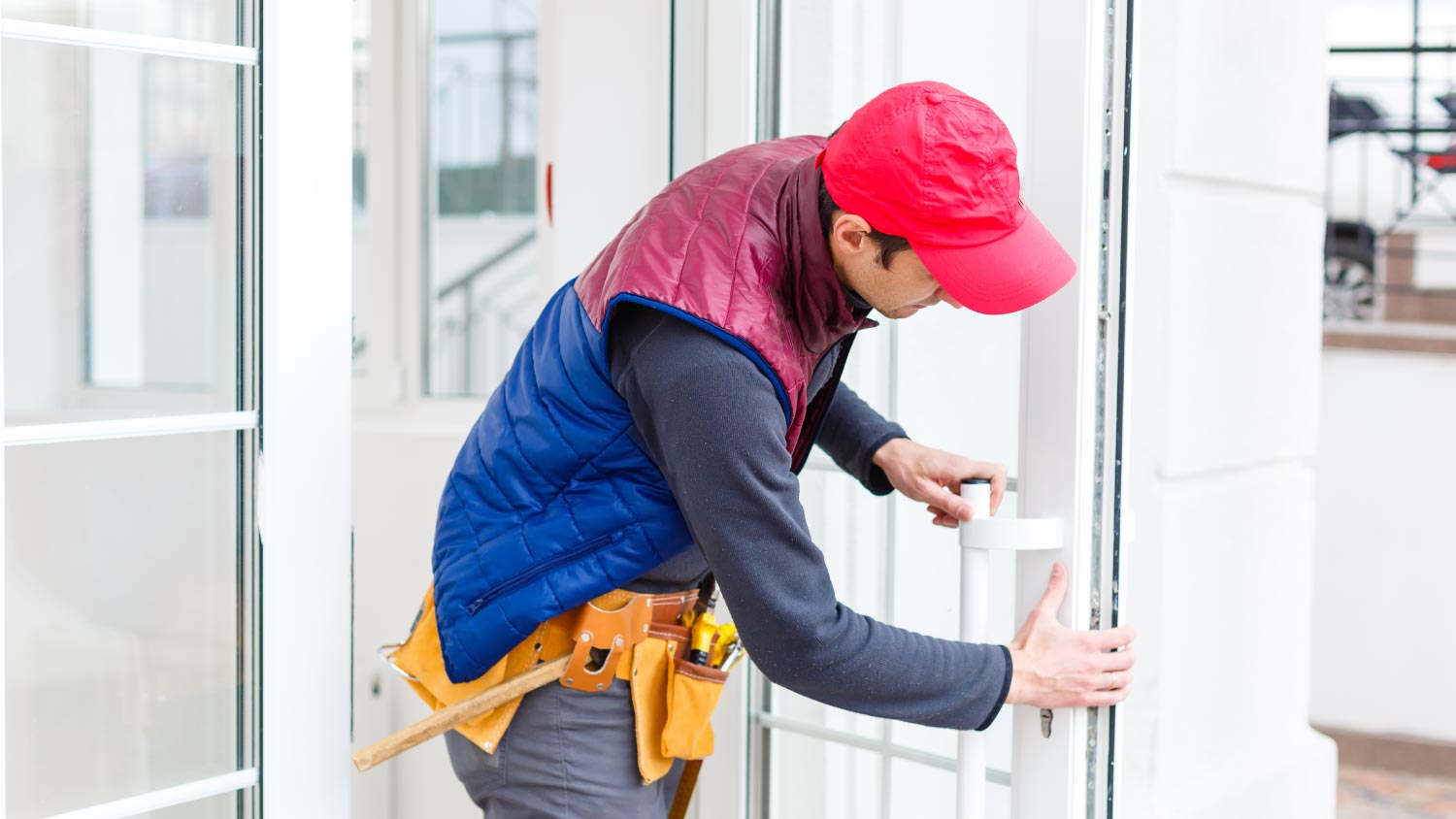
If the goal is to insulate your home from the blazing heat outside, then turn your attention to the weather stripping around your windows and doors. Start by inspecting your weather stripping for gaps, rips, tears, or other damage. If there are signs of wear and tear, your best bet is to replace it because it’s likely inviting hot air in.
Luckily, you can fix this problem with a quick DIY project. You can save more than $100 on the cost of weather stripping if you install it yourself, but if you need assistance, you can always hire a local handyperson to get the job done.
9. Use Major Appliances at Night
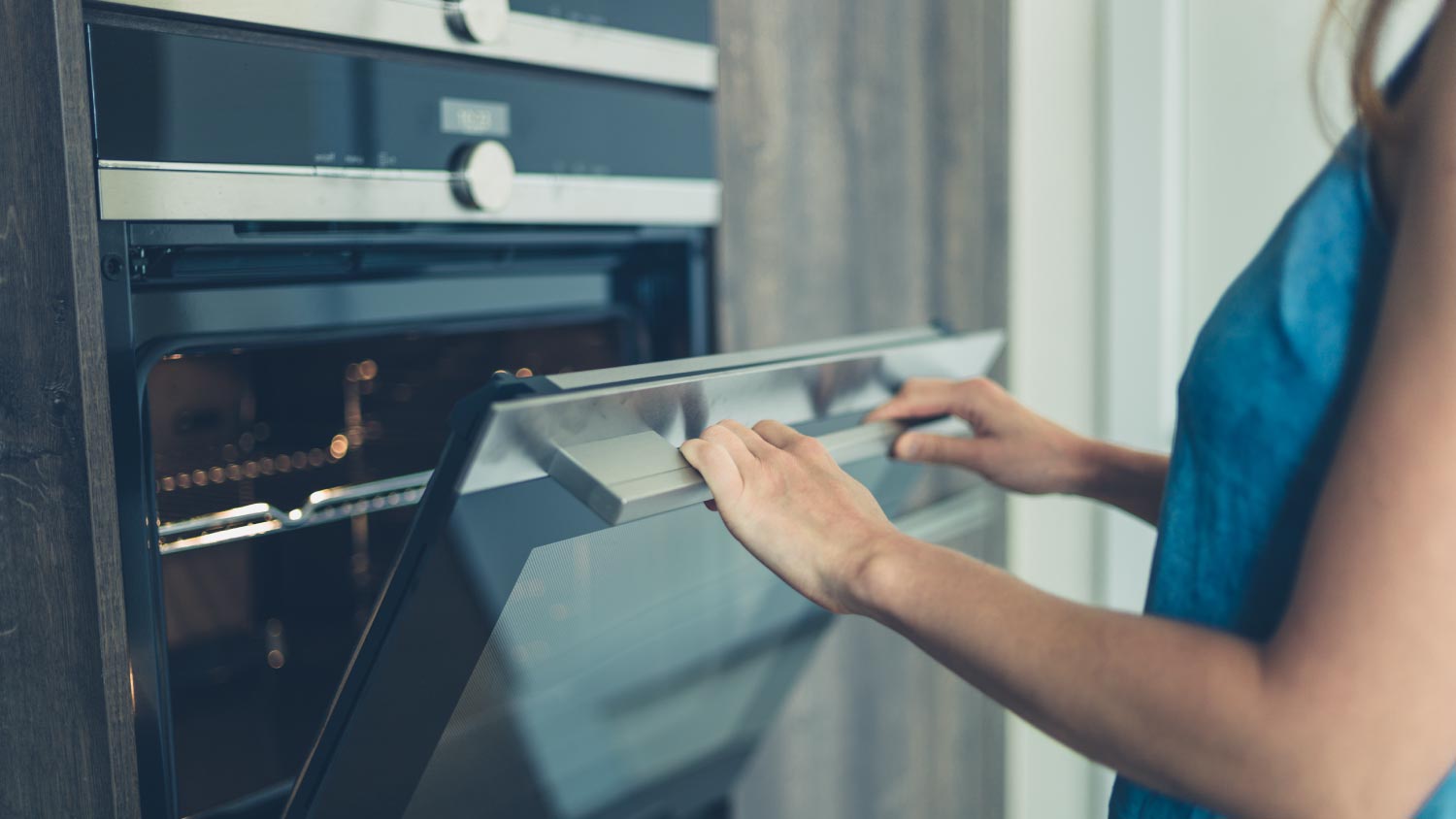
It’s no secret that ovens, washers, dryers, dishwashers, and other large appliances can generate a lot of heat. To avoid adding heat to your home during the daytime, run your major appliances in the evening or overnight when the temperature drops. You should also consider grilling instead of baking or roasting to keep your hot oven off as much as possible.
10. Add Shade to Protect Your Deck
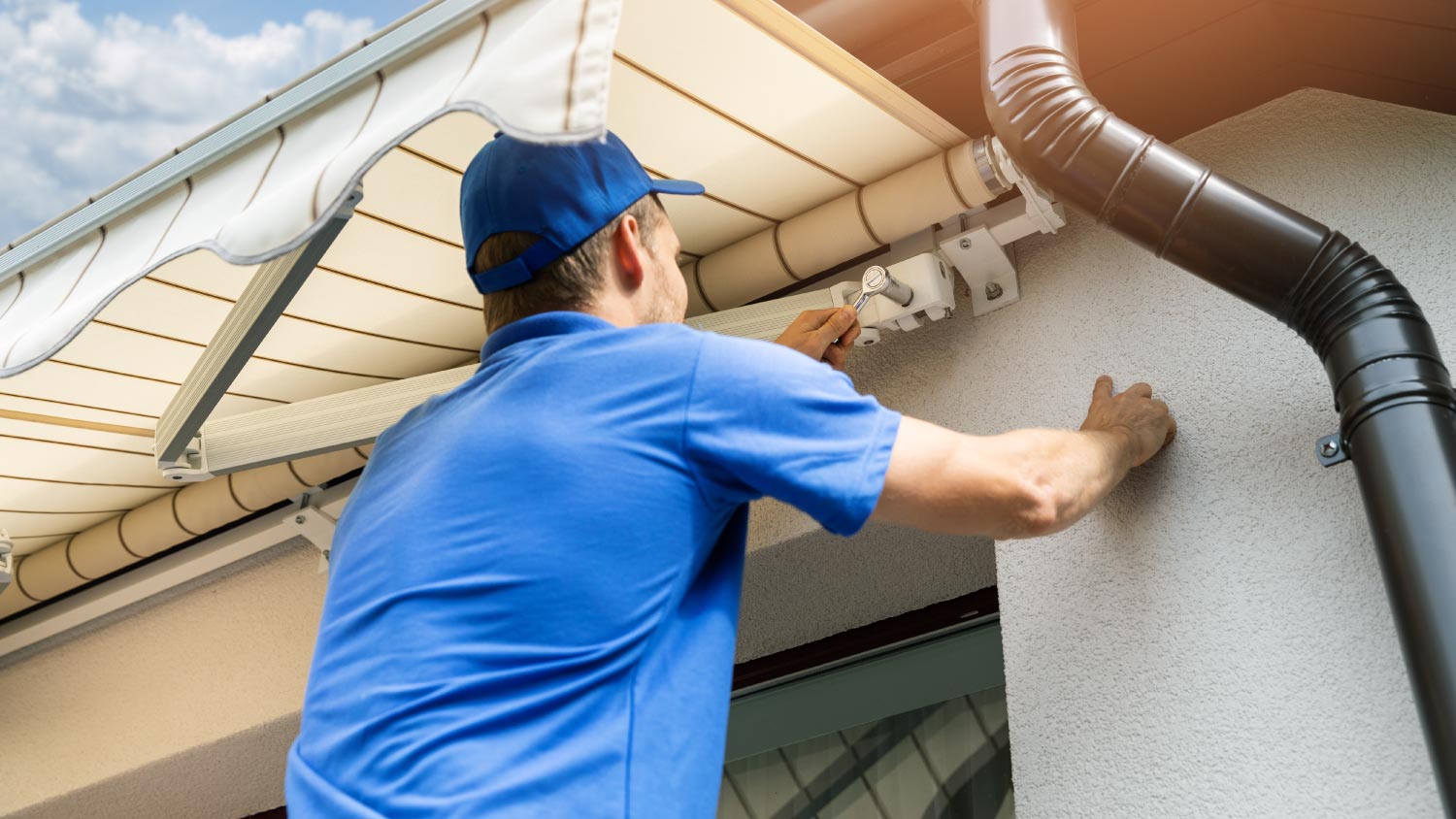
Your deck is built to withstand all kinds of harsh outdoor elements, but extremely high temperatures put it at risk of heat damage. There are several ways to protect your deck during the summer, but the most enduring method is adding some shade covering.
Create shade by installing a retractable patio awning, pergola, trellis, or sun shade over the deck. That way, you’ll keep your deck and anyone sitting underneath it cool, and your deck’s stain and color won’t fade. If you have plants sitting outside, it’ll also help protect the plants from the heat wave.
11. Invest in a Dehumidifier
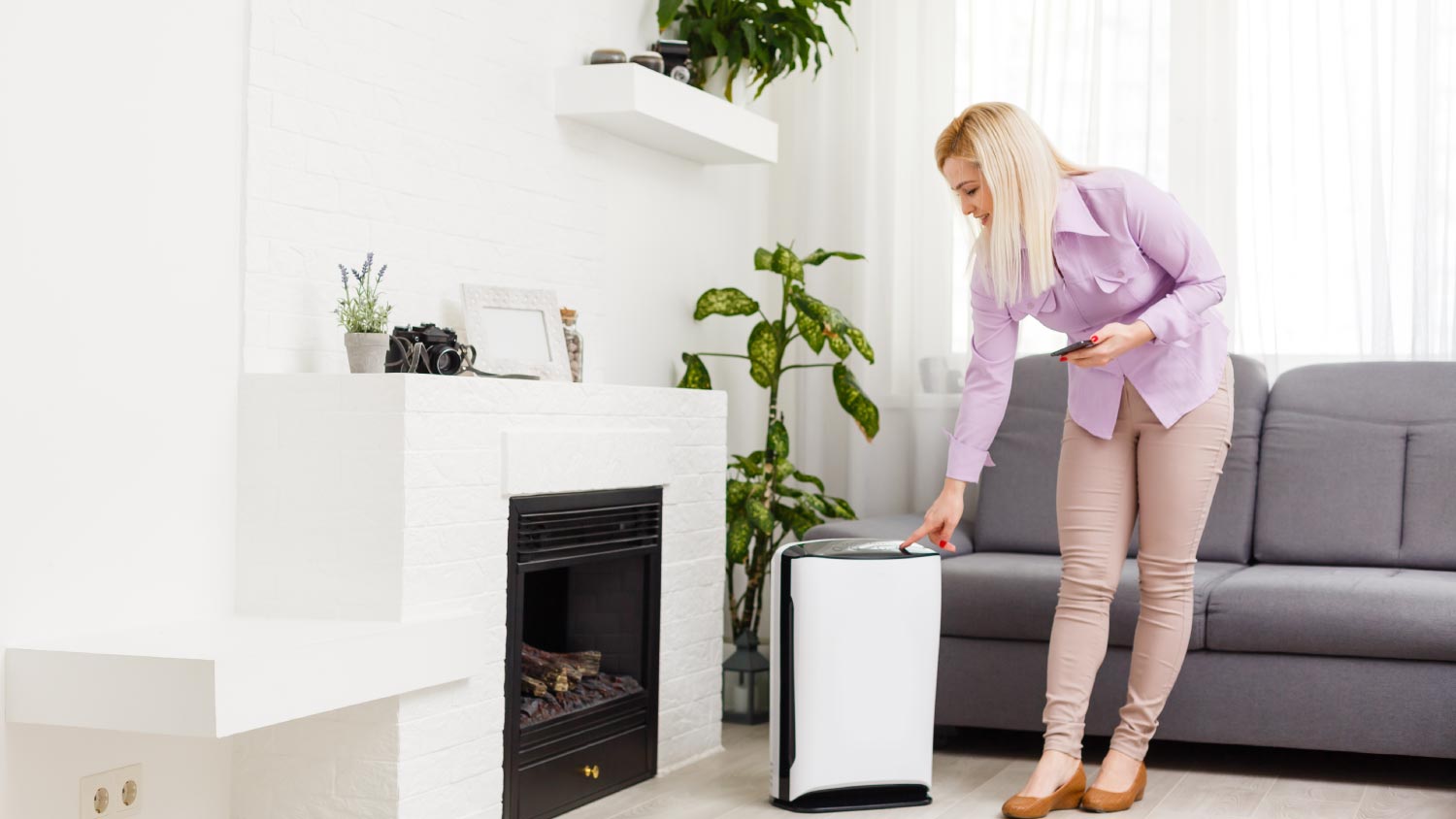
If you live in a humid area, the added moisture in the air coupled with high temperatures can make the heat feel even worse. Luckily, a dehumidifier will pull the moisture out of the air in your home, making it feel much cooler.
To save on electricity, purchase a unit that automatically shuts off when it reaches your desired humidity level.
12. Plant Drought-Tolerant Trees and Shrubs

There’s no denying that watching your outdoor plants suffer during the hottest parts of the summer is discouraging. However, you can avoid this situation by planting drought-tolerant trees and shrubs that require little irrigation.
Trees with extensive root systems and waxy leaves tend to fare better in arid conditions, including varieties like American Elm, Washington Hawthorn, and Sawtooth Oak. When searching for hardy shrubs, look for varieties with smaller leaves, such as Holly, Juniper, and Beauty Bush. Be sure to note each plant’s USDA Plant Hardiness Zone before purchasing.





- Furnace Repair
- Air Conditioning Repair
- HVAC Repairs
- Furnace Installation
- Wood & Pellet Stove Repair
- Dehumidifier & Humidifier Repair
- Heat Pump Companies
- Swamp Cooler Repair
- Wood Stove Services
- HVAC Companies
- Commercial A/C Repair
- Geothermal Installation
- Air Conditioning Installation
- Boiler Repair
- 24 Hour Furnace Repair
- Geothermal Repair
- Heat Pump Repair
- Humidifier Installation
- Thermostat Repair
- Thermostat Installation
- Nest Installation
- Heating & Cooling
- Heating Repair
- Furnace Cleaning
- Furnace Tune-Up
- HVAC Technicians
- Subcontractors
- Furnace Maintenance
- Plumbing & Heating Companies
- Wood Stove Inspection
- Mini Split Installation
- Wall Heater Repair
- Duct Installers
- What Is the Best Temperature to Set Your Air Conditioner to in the Summer?
- 13 Cool Tips to Reduce Air Conditioning Costs This Summer
- 9 Energy-Efficient Ways to Cool a Home
- 11 Home Heating Mistakes You Didn't Know Were Costing You
- HVAC Seasonal Maintenance: 11 Tips to Keep Your System Running Strong
- 11 Ways to Cool a Room Down Fast
- 10 HVAC Secrets That Can Help You Boost Efficiency and Save Money
- The Top 13 Summer Home Improvement Projects That Will Make Your House Shine
- 9 Summer HVAC Tips to Stay Cool and Save Money
- 9 Things to Do Before Turning On Your AC for the Spring











